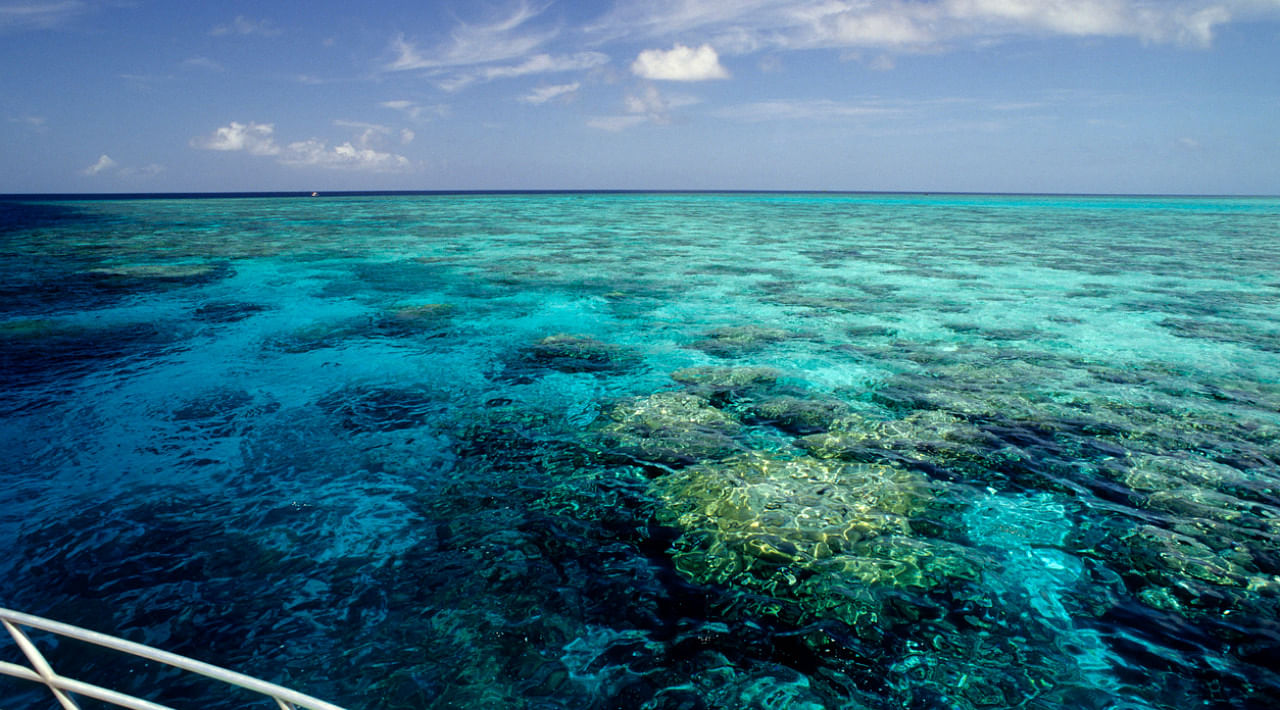
The world’s biggest coral reef is at the centre of a squabble between the Australian government and the United Nations Educational, Scientific and Cultural Organization (UNESCO) after the body recommended the Great Barrier Reef’s World Heritage status be downgraded in view of severe environmental degradation.
The United Nations body on Monday released a draft report that suggested the Great Barrier Reef should be included in a list of World Heritage Sites that are “in danger”, prompting scathing criticism from Australian authorities.
The recommendation could add one of Australia’s most prominent natural features to a list of 53 sites in the endangered category, which could take some of the sheen off the reef’s attractiveness as a tourist hotspot and revenue generator for the country.
Other heritage sites that risk losing their crowd-pulling World Heritage status under the recommendations of the draft include the cities of Venice, Budapest and Liverpool, as well as the Tanzania Game Reserve.
The case for endangerment
According to the UNESCO website, the list of endangered heritage sites is designed to inform the international community when the very factors that make a site worthy of being deemed a World Heritage Site are at risk, and to spur “corrective action”.
One of the criteria for determining whether a natural heritage site should be placed in the endangered category includes a “serious decline” in the population of an endangered species that the site was meant to protect. In Australia’s case, it could be said that the corals that make up the Great Barrier Reef fit the bill.
In the last five years, the Great Barrier Reef has suffered three bouts of mass coral bleaching events that drain corals of their bright colours and led to their population decline by half since 1995 as ocean temperatures have climbed.
Australia’s counter-argument
Australian Environment Minister Sussan Ley has said Canberra would challenge the UN body’s recommendation, insinuating that the recommendation was politically motivated but stopped short of pointing the finger directly at China, which chairs the UNESCO committee.
Ley said the decision had not taken into account the billions of dollars Australia had spent in its efforts to safeguard the reef.
Relations between Australia and its biggest trade partner China have frayed over the last year after Canberra backed an inquiry into the origins of the novel coronavirus.